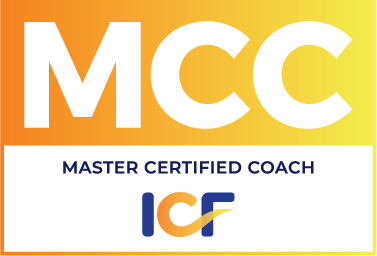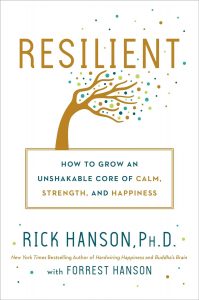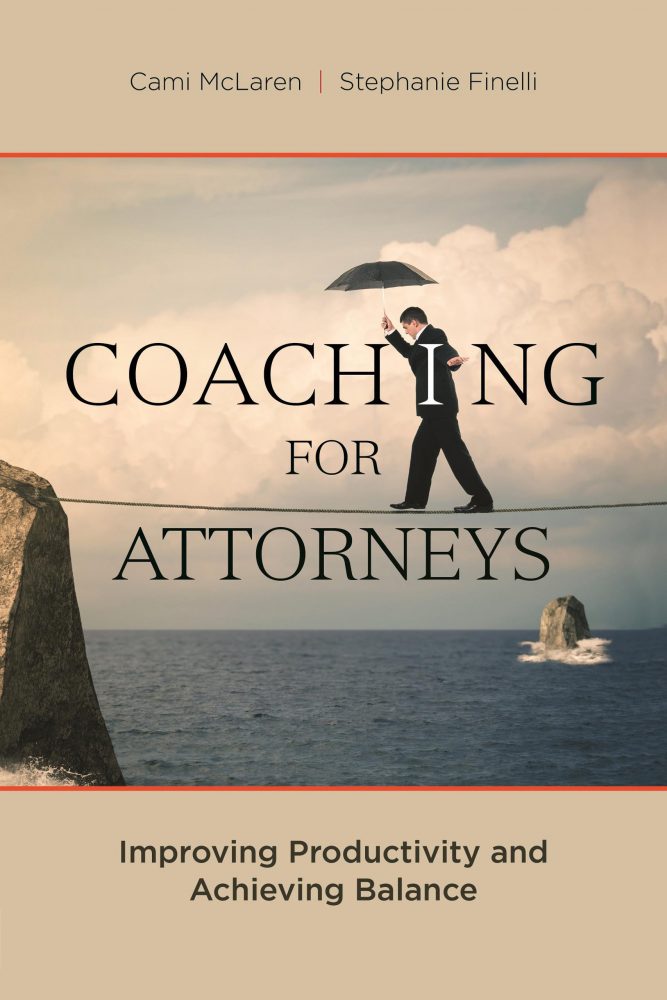The First Trust-Building Behavior – Talk Straight!
In this series of articles I will discuss behaviors that build or break trust, adapted from Stephen Covey’s, The Speed of Trust. If you want more education on the issue of trust, I highly recommend this book. If you want an in-depth, interactive learning experience on trust and other aspects of strong relationships, contact me to learn more about my coaching series — Manifesting Extraordinary Results Through Communication, Trust and Commitment. As a Certified Relationship Coach, I work extensively with the concept of trust and how it is built or broken in all relationships, and here I have put the most powerful behaviors for you to use.
In this series, I will talk about the ways in which we build or break trust. I believe that trust is a conscious choice. (This will be the subject of a later article considering the concept of “authentic trust,” which you can learn more about in Solomon and Flores’ book Building Trust.) And of course we choose to trust based on many factors. In large part these factors are the behaviors that build trust with us (teach us if, where, and to what extent we can trust others) or break trust (teach us that it is not safe to trust a certain person in a certain situation).
This first behavior suggests that in all relationships we learn to tell it like it is. Of course, we know that we break trust when we lie to people. But the “talk straight” behavior shows that trust is also broken when we speak in a way that is misleading or when we “hide the ball.”
Have you ever talked to someone and got the feeling he or she was leaving something out? What effect does that have on you? On your ability and likelihood to trust this person?
What causes you to leave information out? What causes you to “spin” the facts in a way that will produce a certain result? Often it is our desire to control the situation that has us choose to relate the facts in a misleading way, even though technically honest.
The most striking example of this I can recall was in the political arena when Bill Clinton said, “I did not have sexual relations with that woman.” He argued later that he had told the truth under his definition of “sexual relations.” But he knew what was being asked. He responded in a way that was misleading — and interestingly, most people could tell he was saying something not entirely true. And many people did not trust him after that. Indeed, this is why we don’t trust politicians as a rule — we experience them as telling half-truths, hiding something. In building trust, I am encouraging you to look now and ask yourself where you are leaving out information, even with the most pure intention.
Where are you not entirely honest? If your spouse asks “have you been drinking?” and you say “a little,” is that honest? What would happen if you told the truth more specifically and fully? What do you perceive as the danger? What is the potential benefit?
If there is a likelihood you might be misunderstood, you are not talking straight. If you are only focused on what the technical truth is, you are not talking straight. If you leave the wrong impression, you are not talking straight.
Talk straight includes being willing to offer honest feedback rather than engaging in flattery and false praise. This builds trust. People may not always like what you have to say, but they will trust you. It can take courage to talk straight. As you begin, you may want to ask for feedback from people you trust — ask them how they experience you in this area and ask for specific examples. This will assist you in seeing the behaviors that constitute a lack of straight talk and where you can make the most impactful changes. It will also allow you a glimpse into how others are seeing you.
With ourselves: As with any behavior that builds or breaks trust with others, this behavior has the same effect on trust with ourselves. How to talk straight to oneself? Tell the whole, complete and unvarnished truth to yourself. Don’t justify or rationalize. Look at what you are doing and your motivations and be fully honest with yourself. Don’t tell stories just to make yourself feel better. At the same time, do not tell yourself lies about your behavior, such as that you are worthless or a failure. Tell the truth, with statements such as, “I will see what is not working and I will change it moving forward.”
Until the next installment, practice your straight talk!







